COLOGNE, Germany: Caries and periodontitis are the two most common oral diseases in the world. Periodontitis affects around half of all adults globally, and severe cases are found among 10–15 per cent of the population, increasing with age. The build-up of plaque around the teeth is the most important risk factor for the development of periodontitis. Besides its role in the treatment process, high-quality oral hygiene is therefore of the utmost importance to prevent the disease from developing and to prevent the disease from coming back and causing further bone loss. Studies show that a manual toothbrush used alone reduces plaque scores by 42 per cent on average and does not reach the interdental surfaces. Consequently, additional tools for interdental cleaning, such as floss, toothpicks or interdental brushes, are needed. The recommendation about which tools to use must always be individually tailored and based on clinical experience and scientific knowledge.
Several studies have compared interdental brushes and other interdental cleaning devices, especially floss, with respect to their influence on plaque and gingivitis. Patient preference is also a factor that has been evaluated. The research results in favour of interdental brushes are convincing.
As early as 1970, interdental brushes, toothpicks, and dental floss were compared with respect to plaque reduction in wide interdental spaces. The interdental brush was reported to be the preferable device for plaque removal. Since then, a large number of scientific articles have been published investigating the efficiency of interdental brushes and other interdental cleaning devices, such as floss and toothpicks. The conclusion is that interdental brushes, compared with other manual cleaning devices, have the highest efficacy regarding plaque removal and periodontal parameters.
Interdental brushes and dental floss have also been compared from a patient preference perspective, again with results in favour of the interdental brush. Studies have shown that most patients preferred the interdental brush over floss, that they felt the interdental brush to be both more efficient and easier to use, and that they were more willing to use it.
However, all recommendations concerning interdental cleaning devices need to be tailored to the individual patient. The sizes and shapes of the interdental spaces must be considered. Floss can be an alternative only when sites are too narrow for the interdental brush and show gingival and periodontal health. An individual who has been advised to use interdental brushes must also be instructed regarding the appropriate size or sizes and on a proper technique. All these factors may contribute to enhancing the individual’s oral self-care compliance, which is vital in preventing oral disease.
Current research emphasises the importance of good oral hygiene in maintaining oral health and preventing oral disease. There is growing scientific support for a link between periodontal disease and several systemic diseases, such as cardiovascular disease, diabetes and obesity. In addition, research has shown a significant association between periodontal disease and oral health-related quality of life. Oral diseases are no longer seen as problems affecting just the mouth, but rather diseases with consequences for overall health.
In order to achieve optimal plaque control, toothbrushing must be complemented by interdental cleaning. The interdental brush is the preferred device for most of the adult population globally. However, evaluating individual needs and conditions and weighing them together with scientific support must be the basis for instructions and recommendations. This is how to create the best possible foundation for patient compliance and long-lasting oral health.
Tags:
FUKUOKA, Japan: World Diabetes Day, held annually on 14 November, highlights the need for greater awareness of the bidirectional relationship between ...
Recent research shows that oral health is an essential prerequisite for people’s well-being and quality of life. In order to reach the global goals for ...
KRIENS, Switzerland: In the UK, despite significant advancements in oral health awareness, there remains a critical gap in education around interdental ...
LUCERNE, Switzerland: Interdental cleaning is a cornerstone of preventive care, addressing the persistent challenge of biofilm removal from areas ...
Many years ago, Prof. Pierluigi Sapelli, having to organise a meeting on evidence-based dentistry, “forced” me to give a talk on the subject. This led ...
An increasing number of dental professionals are emphasising the importance of interdental brushes in primary, secondary and tertiary prophylaxis. These ...
As the scientific programme director of the Chinese Stomatological Association (CSA) for the 2025 FDI World Dental Congress (FDIWDC25), Prof. Tianmin Xu ...
BUENOS AIRES, Argentina: As populations age, the number of people who need advice on the best denture care will rise over the coming years. Therefore, new ...
ZAGREB, Croatia: As 3D-printed aligners gain traction, many patients and clinicians continue to apply cleaning routines that were originally developed for ...
KILCHBERG, Switzerland: Ceramic implants are increasingly being used in modern dental implantology as a complement to the treatment spectrum with titanium ...
Live webinar
Tue. 9 December 2025
12:30 pm EST (New York)
Live webinar
Tue. 9 December 2025
7:00 pm EST (New York)
Prof. Dr. Wael Att, Dr. Robert A. Levine DDS, FCPP, FISPPS, AOD
Live webinar
Wed. 10 December 2025
10:00 am EST (New York)
Live webinar
Wed. 10 December 2025
12:00 pm EST (New York)
Live webinar
Wed. 10 December 2025
1:00 pm EST (New York)
Live webinar
Wed. 10 December 2025
1:00 pm EST (New York)
Live webinar
Thu. 11 December 2025
3:00 pm EST (New York)



 Austria / Österreich
Austria / Österreich
 Bosnia and Herzegovina / Босна и Херцеговина
Bosnia and Herzegovina / Босна и Херцеговина
 Bulgaria / България
Bulgaria / България
 Croatia / Hrvatska
Croatia / Hrvatska
 Czech Republic & Slovakia / Česká republika & Slovensko
Czech Republic & Slovakia / Česká republika & Slovensko
 France / France
France / France
 Germany / Deutschland
Germany / Deutschland
 Greece / ΕΛΛΑΔΑ
Greece / ΕΛΛΑΔΑ
 Hungary / Hungary
Hungary / Hungary
 Italy / Italia
Italy / Italia
 Netherlands / Nederland
Netherlands / Nederland
 Nordic / Nordic
Nordic / Nordic
 Poland / Polska
Poland / Polska
 Portugal / Portugal
Portugal / Portugal
 Romania & Moldova / România & Moldova
Romania & Moldova / România & Moldova
 Slovenia / Slovenija
Slovenia / Slovenija
 Serbia & Montenegro / Србија и Црна Гора
Serbia & Montenegro / Србија и Црна Гора
 Spain / España
Spain / España
 Switzerland / Schweiz
Switzerland / Schweiz
 Turkey / Türkiye
Turkey / Türkiye
 UK & Ireland / UK & Ireland
UK & Ireland / UK & Ireland
 Brazil / Brasil
Brazil / Brasil
 Canada / Canada
Canada / Canada
 Latin America / Latinoamérica
Latin America / Latinoamérica
 USA / USA
USA / USA
 China / 中国
China / 中国
 India / भारत गणराज्य
India / भारत गणराज्य
 Pakistan / Pākistān
Pakistan / Pākistān
 Vietnam / Việt Nam
Vietnam / Việt Nam
 ASEAN / ASEAN
ASEAN / ASEAN
 Israel / מְדִינַת יִשְׂרָאֵל
Israel / מְדִינַת יִשְׂרָאֵל
 Algeria, Morocco & Tunisia / الجزائر والمغرب وتونس
Algeria, Morocco & Tunisia / الجزائر والمغرب وتونس
 Middle East / Middle East
Middle East / Middle East


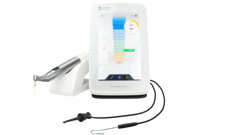
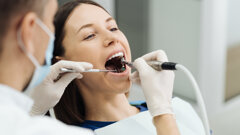
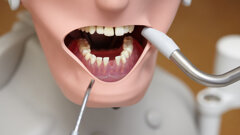

















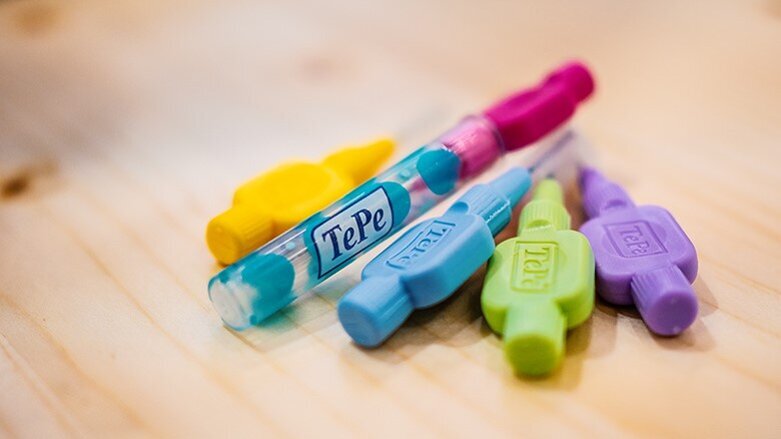



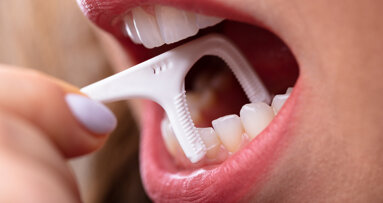
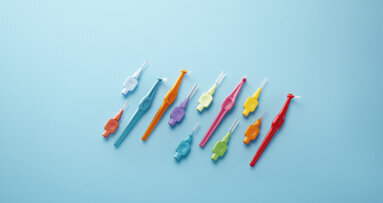
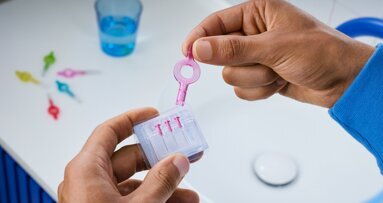


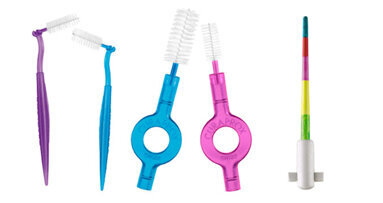


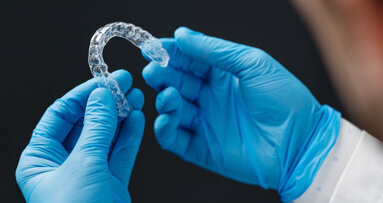












To post a reply please login or register